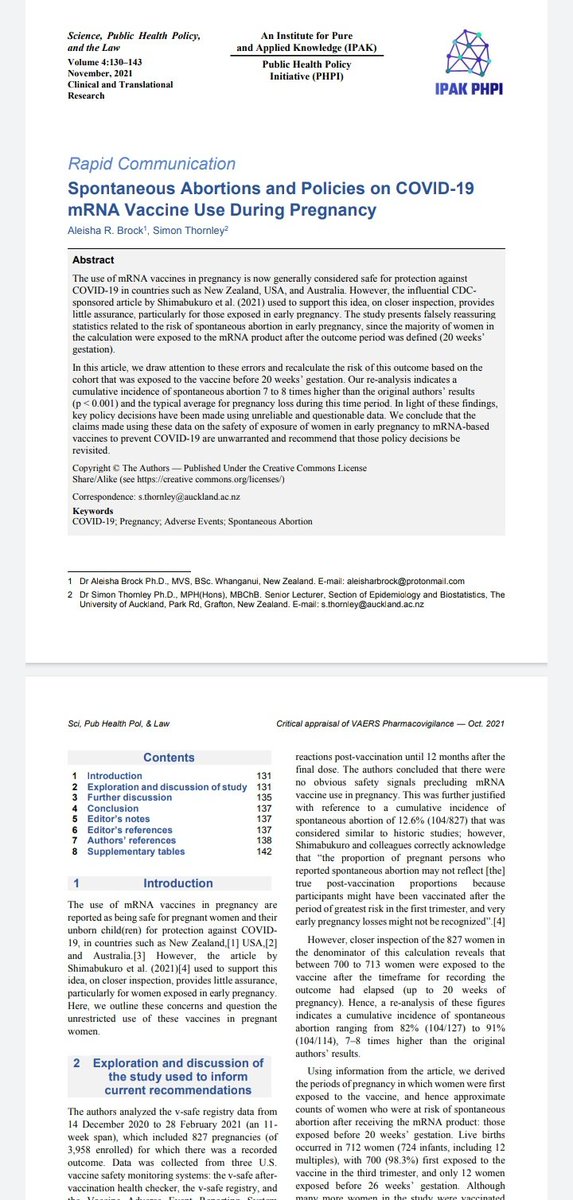
In silico identification of natural products from Centella asiatica as SARS-COV-2 main protease (M pro) inhibitor. 1/n
❌❌❌ #ritonavir #molnupiravir in #COVID19
No more #tryglyceride #mutagenesis
pubmed.ncbi.nlm.nih.gov/34345605/
❌❌❌ #ritonavir #molnupiravir in #COVID19
No more #tryglyceride #mutagenesis
pubmed.ncbi.nlm.nih.gov/34345605/
Anti-Inflammatory and anti-vascular leakage effects by combination of Centella asiatica and Vitis vinifera L. (Grapevine) leaf extracts.
#antiinflammatory qualities #anti #vascular #leakage effect
hindawi.com/journals/ecam/…
#antiinflammatory qualities #anti #vascular #leakage effect
hindawi.com/journals/ecam/…
the combination of CE and VVE showed significant anti-inflammatory qualities and anti-vascular leakage effects. These findings indicate that an optimal combination of CE and VVE may have a more synergistic effect than that of CE or VVE alone as .. 4/n
a putative agent against vascular incompetence.
Centella asiatica (L.) Urban is an important herbal medicine that has been widely used for many years in the treatment of cardiovascular diseases.
Asiaticoside in CE leads to an increase in antioxidant levels, and .. 5/n
Centella asiatica (L.) Urban is an important herbal medicine that has been widely used for many years in the treatment of cardiovascular diseases.
Asiaticoside in CE leads to an increase in antioxidant levels, and .. 5/n
it participates in the wound healing process. CE has displayed a protective effect on the vascular endothelium and is characterized by antiplatelet activity, which can reduce the negative effects of venous stasis. It also reduces excessive permeability in blood vessels.
6/n
6/n
Traditional use of dried grapes was described for the treatment of cardiovascular conditions such as capillary bleeding, edema, and inflammation.
It was recently discovered that V. vinifera L. leaves contain a variety of phytoconstituents harboring high antioxidant 7/n
It was recently discovered that V. vinifera L. leaves contain a variety of phytoconstituents harboring high antioxidant 7/n
activity including condensed tannins, phenols, and anthocyanins. The leaves of this plant have anti-inflammatory, antibacterial, and vasorelaxant biological activities. 8/8
• • •
Missing some Tweet in this thread? You can try to
force a refresh











